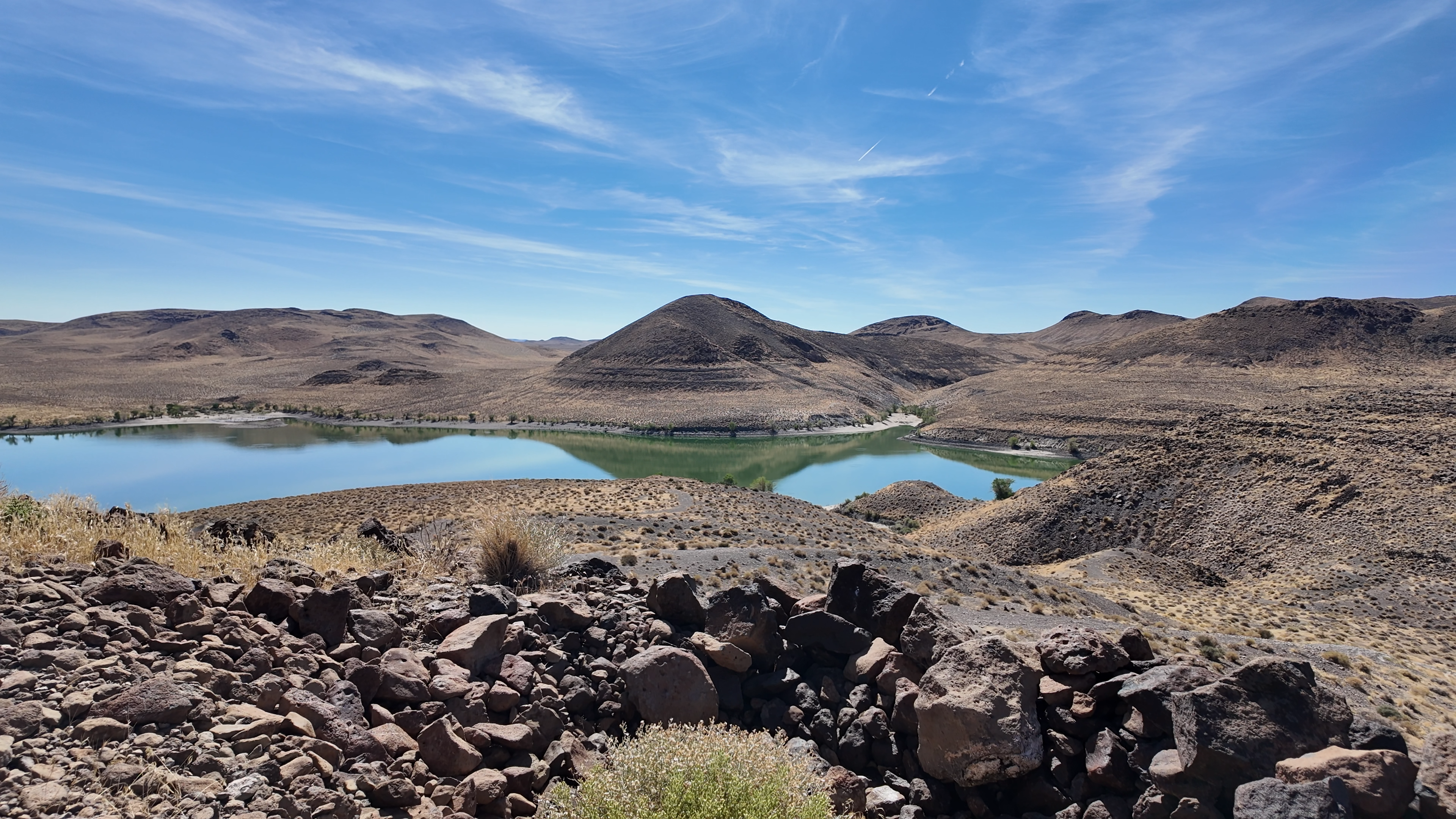The Hamilton Family Archaeological Preserve in western Nevada sits high on a talus bluff overlooking the Lahontan Reservoir, within the ancestral lands of the Numu (Northern Paiute). The site was first recorded in 1991 by Dr. Eugene Hattori, the curator of anthropology at Nevada State Museum. Hattori described it as “a series of seventy-five to one hundred pits excavated into talus slope.”
Few artifacts were associated with the numerous pits, an omission that has only made the site more intriguing. The artifacts found – four in total – indicate that stone tool-making, hunting, and plant processing took place at the site during the Late Archaic Period (1,200-600 years ago).
Based on the uniqueness of the site’s features and the presence of buried deposits, the Conservancy recognized the site’s potential to add knowledge to the western Great Basin’s pre-contact lifeways, and purchased the nearly 22-acre parcel in December 2022. It is now the fourth preserve located in Nevada.






